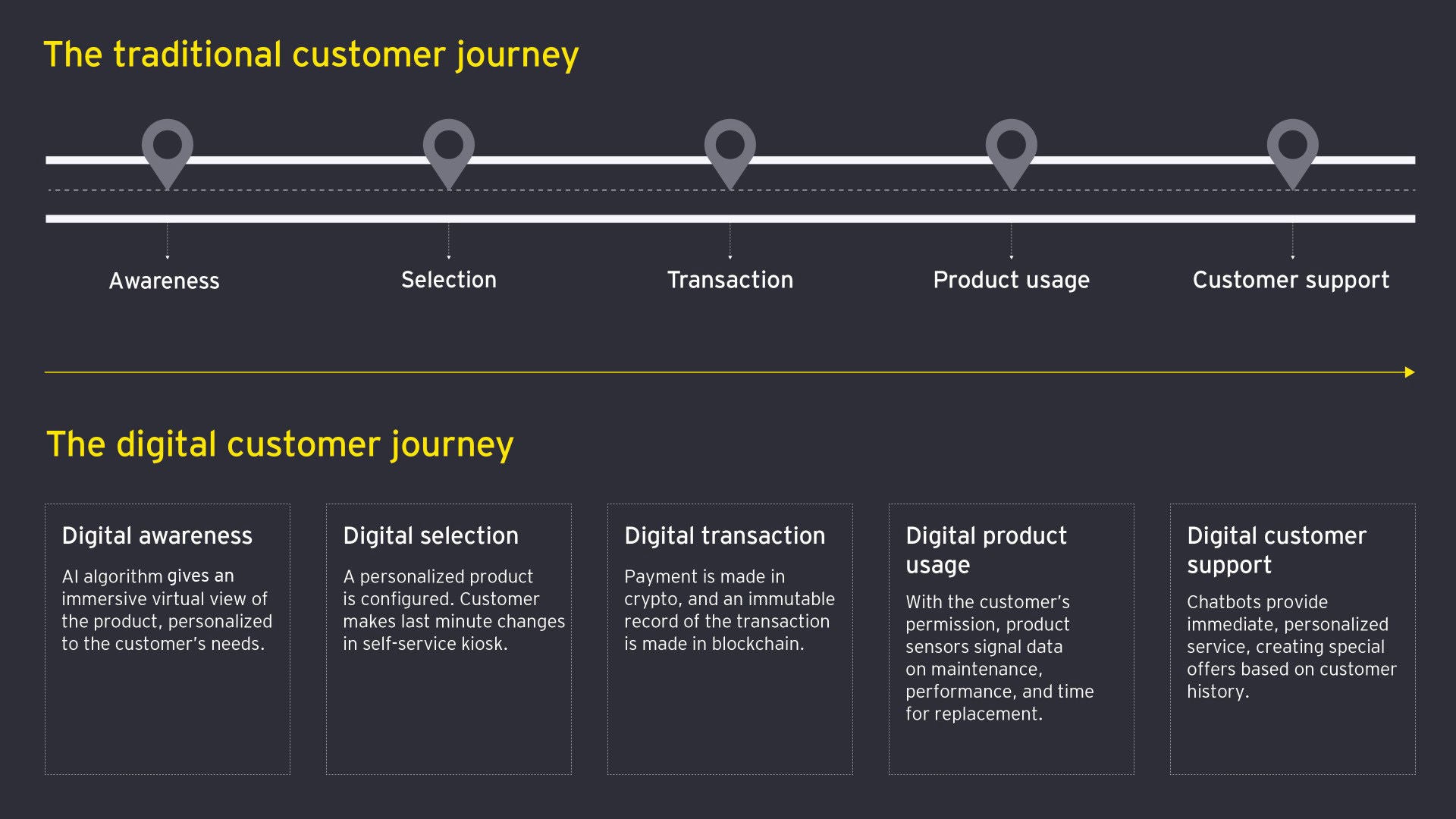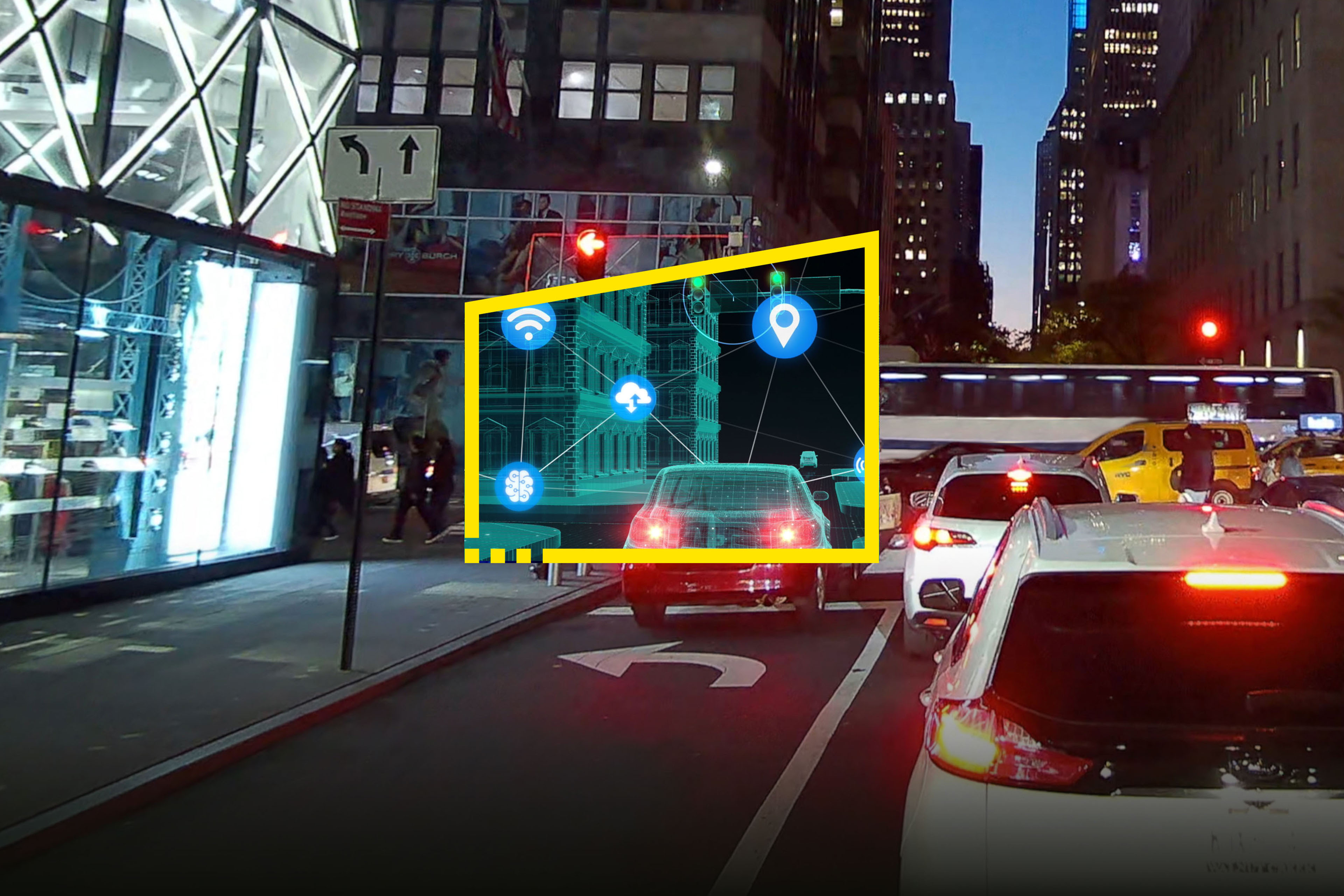EY refers to the global organization, and may refer to one or more, of the member firms of Ernst & Young Global Limited, each of which is a separate legal entity. Ernst & Young Global Limited, a UK company limited by guarantee, does not provide services to clients.
How EY can help
-
EY Studio+ helps organizations build differentiated experiences that adapt with customers and drive sustainable long-term value. Read more on studio.ey.com.
Read more
Research has found that companies — particularly industry leaders — are painfully aware of the disconnect. The EY Tech Horizon 2022 report found that:
- For industry leaders, the number one goal of digital transformation is meeting changing customer needs — ahead of cutting costs, growing revenue, or reducing risk.
- At the same time, these leaders find that the number one challenge to a successful transformation is tracking and keeping up with changing customer needs.
- On the other hand, the number two challenge is the lack of the right technology and analytics to understand and act upon these changing preferences.
Why are companies struggling to keep pace with their customers? One reason is that it's much simpler for customers, with today’s user-friendly apps, to transition to online food delivery or telehealth visits. It is a much greater challenge for the enterprise to build the interface, analytics, distribution systems and infrastructure to actually deliver the service.
Many traditional companies with legacy systems are struggling to build the infrastructure, data fabric, and user experience — giving digital natives the advantage. (Business ecosystems, which can leverage each partner’s technology advantages, can be used to accelerate adoption.)









